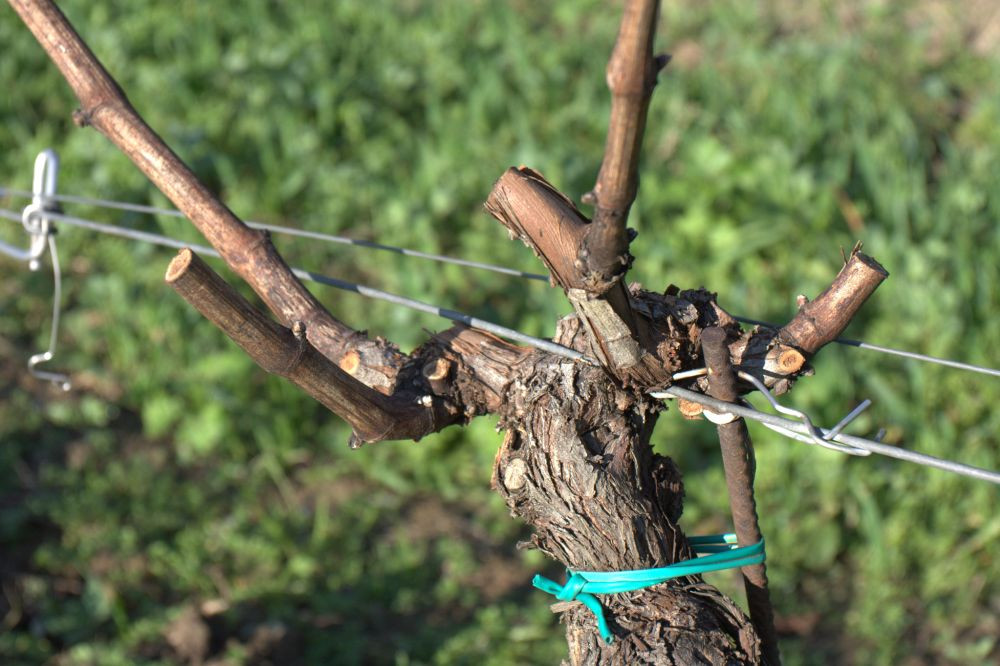
Pruining the vine

The first few months of the year are dedicated to pruning the vine. Pruning is a fundamental activity that determines and directs the productivity of the plants. Towards the end of the calendar year, the plants enter their vegetative rest period, but their caretakers do not stop. Although the grape harvest is the most important time of the year, work continues in the vineyard, even in the coldest months. The main activity is winter pruning, which allows us to maintain the shape of the chosen training system and to define the load of buds that will bear fruit in the spring.
During the pruning process we move through the bare rows of our vineyards on cold winter days. All around us the landscape of the Euganean Hills invites us to rest while waiting for spring. It is a solitary, silent and meditative work. Each plant is different and requires our utmost attention and care. It takes us about 3 months to complete the pruning of our vineyards, starting from Monte Venda and until Monte Cecilia, passing through the Valle di Faedo.
Dry pruning and vine training
Our dry pruning is inspired by the Simonit&Sirch Method, which over the years has contributed to increasing winegrowers' awareness of the health of their vineyards. We act with the utmost respect for the plants. We operate with techniques aimed at directing the growth of each plant without ever damaging its main lymphatic flow. Attention to sustainability is fundamental: it allows us to maintain healthy vineyards capable of generating complex and long-lived organic wines.
The Simonit&Sirch Method is based on a 20-year study of the oldest and most traditional pruning methods. By analysing their characteristics and results, Marco Simonit and Pierpaolo Sirch have devised a system that can also be adapted to the most modern training systems: the Spurred cordon and Guyot.
When we talk about vine training, we mean the set of actions implemented to obtain the desired result in the bunch and therefore in the wine: arrangement of the plants in the rows, management of the shoots and pruning. The different systems vary according to local traditions, climate, soil, grape varieties and the desired result.
Spurred Cordon and Guyot
Spurred Cordon and Guyot are among the most common forms of growing today: they generally result in lower production in the vineyard and higher quality. In our areas they adapt well and are the ones we use most.
Pruning comes into play in the training system. It is an action that in a certain sense allows us to "shape" the plant by giving it the desired form, foreseeing what its propagation and fructification mechanisms will be. In fact, the vine is a vine and the cutting and guidance of the shoots are decisive in the quantity and quality of the bunches that will grow.
There are many variables, but below we will explain in a very simplified way how we prune the spurred cordon and the Guyot.
The Spurred cordon is a form of growing that takes longer than others to achieve the desired setting. In fact, it is only in the fourth year that the plant is moulded into its final shape, which is then maintained over the years through pruning.
The photo shows the spurred cordon training system before and after pruning.
Guyot is a growing system that requires extreme attention to recognise the productive and growing parts of each individual plant: spur, fruiting head from the previous year, new fruiting head. The result is a cycle of actions that guarantees the continuity of the lymphatic flow and the plant's vegetative balance.
The photo shows the Guyot growing system before and after pruning.
